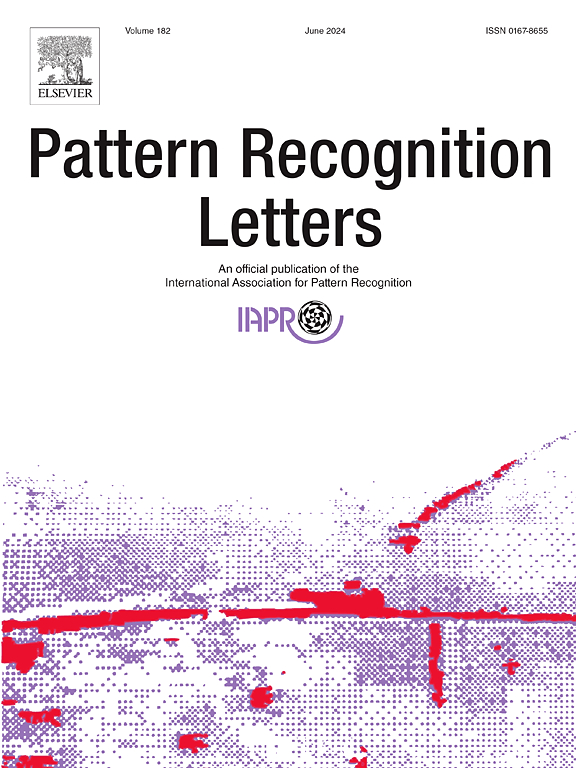DeepMarkerNet: Leveraging supervision from the Duchenne Marker for spontaneous smile recognition
IF 3.9
3区 计算机科学
Q2 COMPUTER SCIENCE, ARTIFICIAL INTELLIGENCE
引用次数: 0
Abstract
Distinguishing between spontaneous and posed smiles from videos poses a significant challenge in pattern classification literature. Researchers have developed feature-based and deep learning-based solutions for this problem. To this end, deep learning outperforms feature-based methods. However, certain aspects of feature-based methods could improve deep learning methods. For example, previous research has shown that Duchenne Marker (or D-Marker) features from the face play a vital role in spontaneous smiles, which can be useful to improve deep learning performances. In this study, we propose a deep learning solution that leverages D-Marker features to improve performance further. Our multi-task learning framework, named DeepMarkerNet, integrates a transformer network with the utilization of facial D-Markers for accurate smile classification. Unlike past methods, our approach simultaneously predicts the class of the smile and associated facial D-Markers using two different feed-forward neural networks, thus creating a symbiotic relationship that enriches the learning process. The novelty of our approach lies in incorporating supervisory signals from the pre-calculated D-Markers (instead of as input in previous works), harmonizing the loss functions through a weighted average. In this way, our training utilizes the benefits of D-Markers, but the inference does not require computing the D-Marker. We validate our model’s effectiveness on four well-known smile datasets: UvA-NEMO, BBC, MMI facial expression, and SPOS datasets, and achieve state-of-the-art results.
DeepMarkerNet:利用 Duchenne 标记的监督进行自发微笑识别
在模式分类文献中,如何区分视频中的自发微笑和摆拍微笑是一项重大挑战。研究人员针对这一问题开发了基于特征和基于深度学习的解决方案。为此,深度学习优于基于特征的方法。不过,基于特征的方法的某些方面可以改进深度学习方法。例如,先前的研究表明,人脸的杜氏标记(或 D-Marker)特征在自发微笑中起着至关重要的作用,这对提高深度学习性能很有帮助。在本研究中,我们提出了一种利用 D-Marker 特征进一步提高性能的深度学习解决方案。我们的多任务学习框架被命名为 DeepMarkerNet,它将变压器网络与面部 D 标记的利用整合在一起,以实现准确的微笑分类。与以往的方法不同,我们的方法使用两个不同的前馈神经网络同时预测微笑的类别和相关的面部 D-标记,从而建立了一种共生关系,丰富了学习过程。我们方法的新颖之处在于结合了预先计算的 D-标记的监督信号(而不是之前工作中的输入信号),通过加权平均来协调损失函数。这样,我们的训练利用了 D-标记的优势,但推理不需要计算 D-标记。我们在四个著名的微笑数据集上验证了我们模型的有效性:我们在 UvA-NEMO、BBC、MMI 面部表情和 SPOS 数据集上验证了我们模型的有效性,并取得了最先进的结果。
本文章由计算机程序翻译,如有差异,请以英文原文为准。
求助全文
约1分钟内获得全文
求助全文
来源期刊

Pattern Recognition Letters
工程技术-计算机:人工智能
CiteScore
12.40
自引率
5.90%
发文量
287
审稿时长
9.1 months
期刊介绍:
Pattern Recognition Letters aims at rapid publication of concise articles of a broad interest in pattern recognition.
Subject areas include all the current fields of interest represented by the Technical Committees of the International Association of Pattern Recognition, and other developing themes involving learning and recognition.
 求助内容:
求助内容: 应助结果提醒方式:
应助结果提醒方式:


